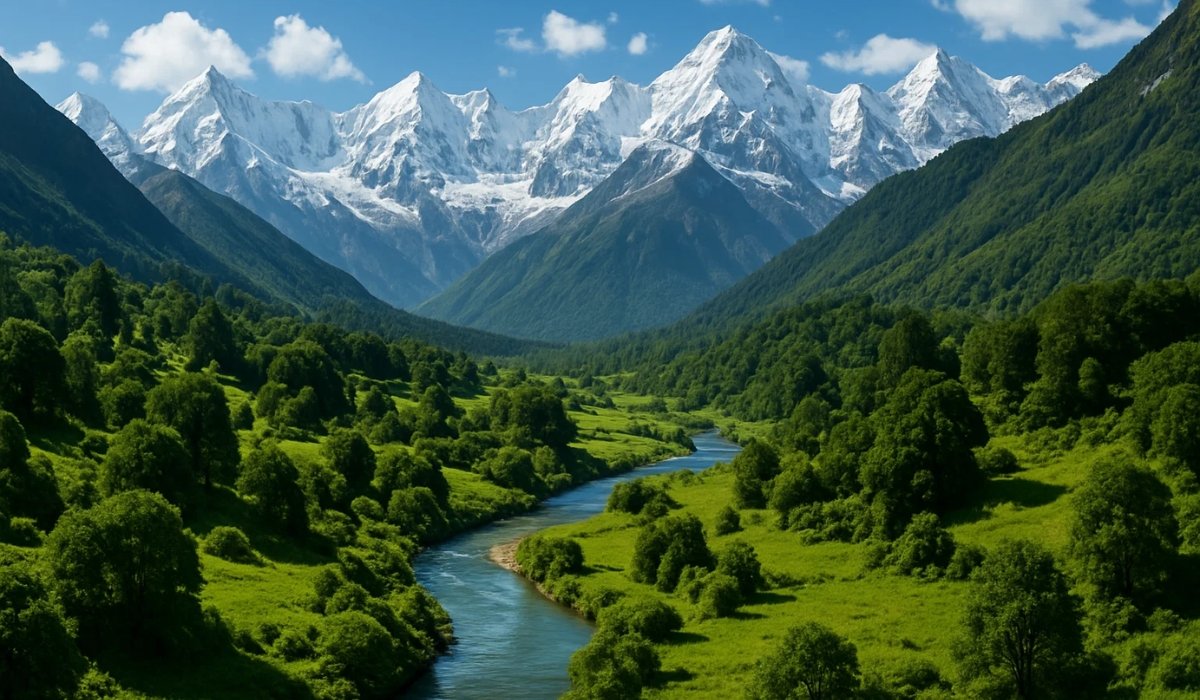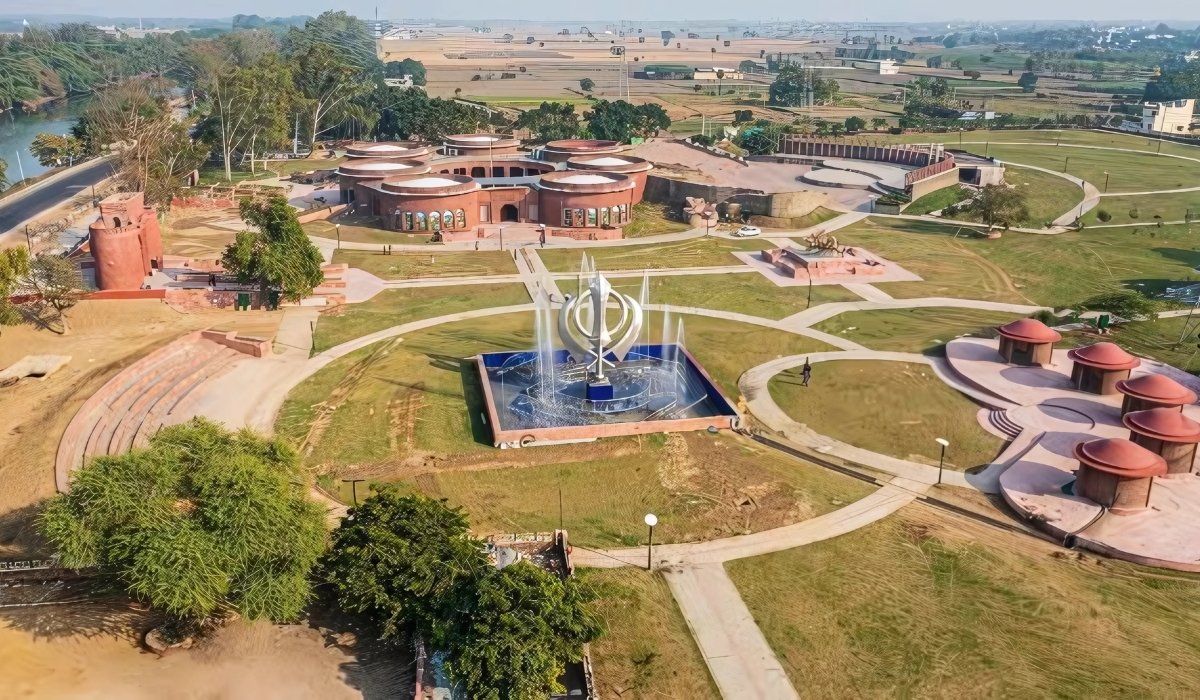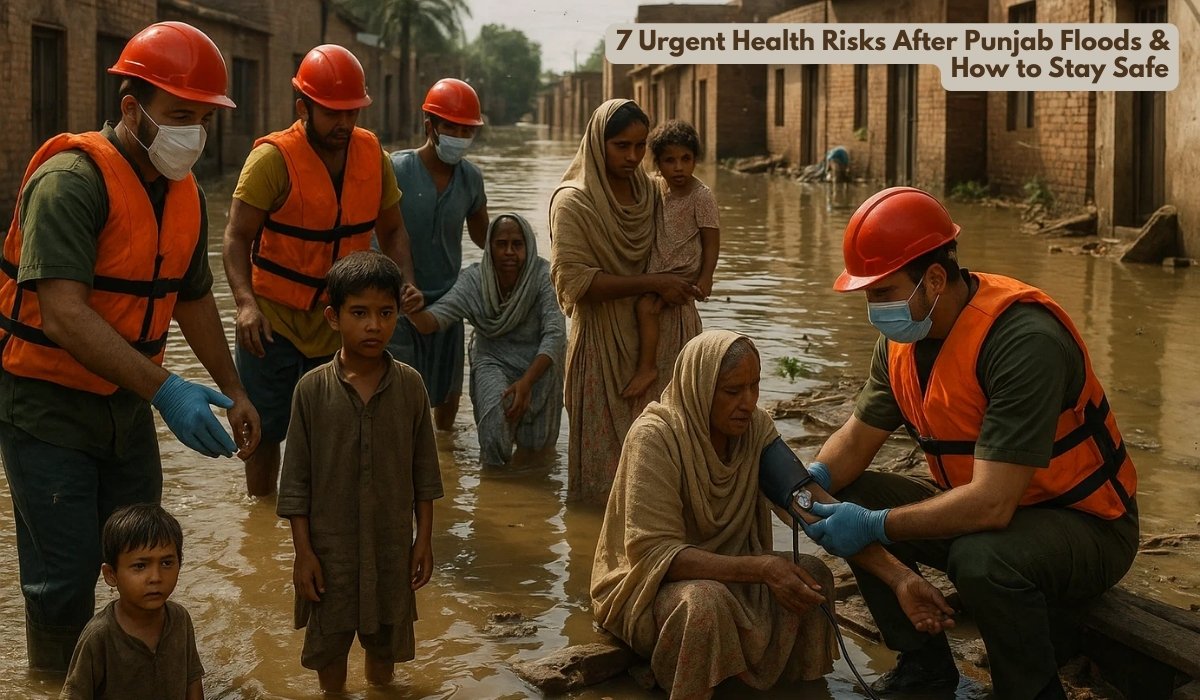Kishtwar National Park is more than just a wildlife sanctuary—it’s one of the last frontiers of untouched Himalayan wilderness in India, bursting with biodiversity, adventure, and stories waiting to be discovered. For searchers seeking detailed insights and unique, practical content, here’s an expanded lowdown on this exquisite destination—complete with travel tips and a comprehensive FAQ section.
Unique Features and Hidden Wonders of Kishtwar National Park
1. Untamed Wilderness and Geological Marvels
Spanning over 2,100sqkm between 1,700m and 4,800m elevation, Kishtwar National Park preserves a dramatic mountain landscape with glacial valleys, meadows, and fast-flowing rivers. The park’s catchment of Kiber, Nanth, and Kiyar Nallas all flow into the wild Marwah river—forming picturesque gorges and creating microhabitats for rare species. The area’s geology, with exposed granite, gneiss, and occasional marble, makes it a living lesson in Himalayan earth science.

2. Rare and Endangered Wildlife
- Flagship Species: The snow leopard, among the world’s rarest big cats, is protected here—making Kishtwar National Park a crucial conservation landscape.
- Other Sightings: Brown and black bears, Kashmir stag (hangul), ibex, musk deer, markhor, Himalayan tahr, and over 15 other mammals call this region home. The park is lauded for its avian diversity, with over 120 species including western tragopan, Himalayan monal, and golden eagle.
- Seasonal Phenomena: Spring (April to June) brings wild blooms and is superb for birdwatching. In winter, deep snow makes the park challenging but visually stunning.
3. Adventure Unmatched
- Trekking: Explore trails like the Brammah Valley, Sapphire Valley, and routes to Warwan—each offering solitude and breathtaking scenery far from regular tourist circuits.
- Camping: Night skies in Kishtwar are exceptional for stargazing, thanks to low light pollution. Several forest rest houses cater to nature-focused stays.
- Photography: Crystal rivers, alpine meadows, and unique wildlife offer vivid opportunities for shutterbugs.
4. Cultural and Local Experiences
The periphery villages exude the untouched charm of Himalayan life—distinctive wooden homes, saffron fields, local celebrations (especially during the saffron harvest in summer), and a unique blend of Hindu and Muslim culture.
Visitor Essentials
- Best Time to Visit: April to October is ideal for wildlife, trekking, and clear weather. Winter (November-February) is best for snow-laden vistas but some areas may be inaccessible.
- Entry Fees: Indian nationals ₹50, foreign nationals ₹200; camera fees apply.
- Timings: Open daily from 7:00AM to 5:00PM.
- Safety: The park is safe, but trekkers should travel with guides, carry proper gear, and follow weather forecasts, as the terrain is rugged and weather unpredictable.
- Accommodation: Basic rest houses are available at Ikhala, Sirshi, and Kishtwar town. Book in advance through the Forest Department or local tourism office.
- Permits: Obtain park entry permits and check for restricted zones. Always consult local authorities before off-trail trekking.
- What to Pack: Trekking shoes, weatherproof clothing, binoculars for birding, first-aid kit, and power banks (as electricity can be scarce in remote areas).

5. 10-Day Weather Outlook for Kishtwar: Monsoon Rains and Moderate Temperatures Expected
Over the next 10 days, Kishtwar National Park is expected to experience typical August weather patterns with daytime temperatures ranging between 26°C and 29°C and nighttime temperatures settling around 17°C to 21°C. The monsoon remains active, bringing frequent thunderstorms, intermittent rainfall, high humidity, and overcast skies—conditions that may occasionally disrupt outdoor plans or travel. With the India Meteorological Department recently issuing warnings for intense rainfall in the region, residents and visitors should stay alert for sudden downpours, possible flash floods, and local landslides during this period.
Quick Travel Tips
- How to Reach:
- Public Transport: Use local buses or shared taxis for the most authentic rural experience.
- Local Food: Try local Himalayan cuisine in Kishtwar town—especially rice, pulses, and saffron-flavored dishes.
- Guide Services: Always hire knowledgeable local guides for trekking and wildlife viewing.
Activities to Experience
- Wildlife Safaris: Early morning or late afternoon excursions offer maximum chances for animal sightings.
- Trekking: From day hikes to multi-day expeditions, routes serve all levels of hikers.
- Birdwatching: Bring binoculars—Himalayan pheasants and migratory birds are a major draw.
- Camping: Set up tents in designated sites for a genuine Himalayan wilderness experience.
- Cultural Visits: Spend a day in nearby Kishtwar town or remote villages for local cultural immersion.
Frequently Asked Questions (FAQs): Kishtwar National Park
Q1: What is the best time to visit Kishtwar National Park?
A: April to October is best for trekking and wildlife; September to March for pristine winter and birdwatching. Heavy snowfall may block access in peak winter months.
Q2: How do I obtain permits to enter the park?
A: Entry permits are available at park entry gates or through the regional Forest Department. For guided trekking or camping, pre-booking through authorized tour operators is advised.
Q3: Is Kishtwar National Park safe for solo travelers?
A: Yes, but always travel with a guide—terrain is rugged and weather unpredictable. Inform park authorities about your plans and expected return time.
Q4: Are there any fees for entry or photography?
A: Yes, fees are around ₹50 for Indians and ₹200 for foreigners; camera fees apply for both still and video cameras (typically ₹100–500).
Q5: What kind of accommodation is available?
A: Forest rest houses in Sirshi, Ikhala, and guesthouses in Kishtwar town. Some basic camping facilities exist within the park.
Q6: What wildlife can I realistically expect to see?
A: Common sightings include Himalayan black and brown bears, musk deer, langurs, and many bird species. Snow leopard sightings are very rare without expert tracking, but possible.
Q7: Can I visit without a local guide?
A: Not recommended. For safety and getting the most out of your visit (including wildlife and trek routes), a local guide is essential.
Q8: Is Kishtwar accessible year-round?
A: While open all year, parts of the park may be inaccessible from late November to March due to snow.
Whether you seek adrenaline, rare wildlife, pristine landscapes, or a slice of Himalayan village life, Kishtwar National Park’s blend of mystery and majesty ensures an unforgettable escape—far beyond the headlines, and deep into nature’s best-kept secrets. For more travel inspiration and detailed guides on exploring incredible destinations like Kishtwar, visit Chandigarhut Tourism and Travel and start planning your next adventure today!












